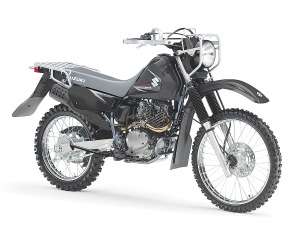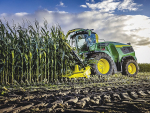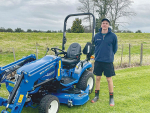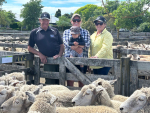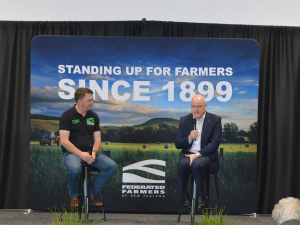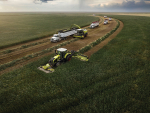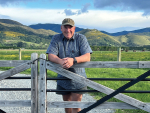The DR200 Trojan farm two-wheeler motorcycle was introduced over 28 years ago, when the engineering team at Suzuki New Zealand Ltd first set about making a purpose-built farm bike for our unique conditions.
Starting with the already robust DR200 trail bike, and listening to the needs of farmers, Suzuki NZ custom built a list of accessories then packaged the bike and returned it to Japan for manufacture.
Since that introduction, the Trojan – now called the DR 200SE – has had several colour changes. Today it’s a simple black or white. There have been many minor model changes but underneath the Trojan is still the farm workhorse its predecessors were.
Down to on-farm practicalities, one key feature on the “DR 2Hundy” as it’s affectionately known, is the large halogen headlight, a real bonus for dairy farmers with an early morning start. It also features the popular aluminium handlebar protectors, which protect the controls if the bike is dropped or pushed over by stock, but has also saved a few knuckles along the way.
Being built in Japan means a quality construction and the use of components that ensure a long service life. For instance, the exhaust header pipe is stainless steel, while the four-stoke motor has an oil cooler and oil filter, meaning engine problems are a rare occurrence. Dual side stands make parking up a breeze when its soft underfoot, and surefooted traction is delivered by Bridgestone knobbly tyres front and rear.
Looking at general specifications, the four stroke, single-overhead cam engine is 200cc, fuelled by a 13-litre tank and mated to a 5-speed transmission that is operated via a quick action rack and pinion clutch for light, yet positive actuation.
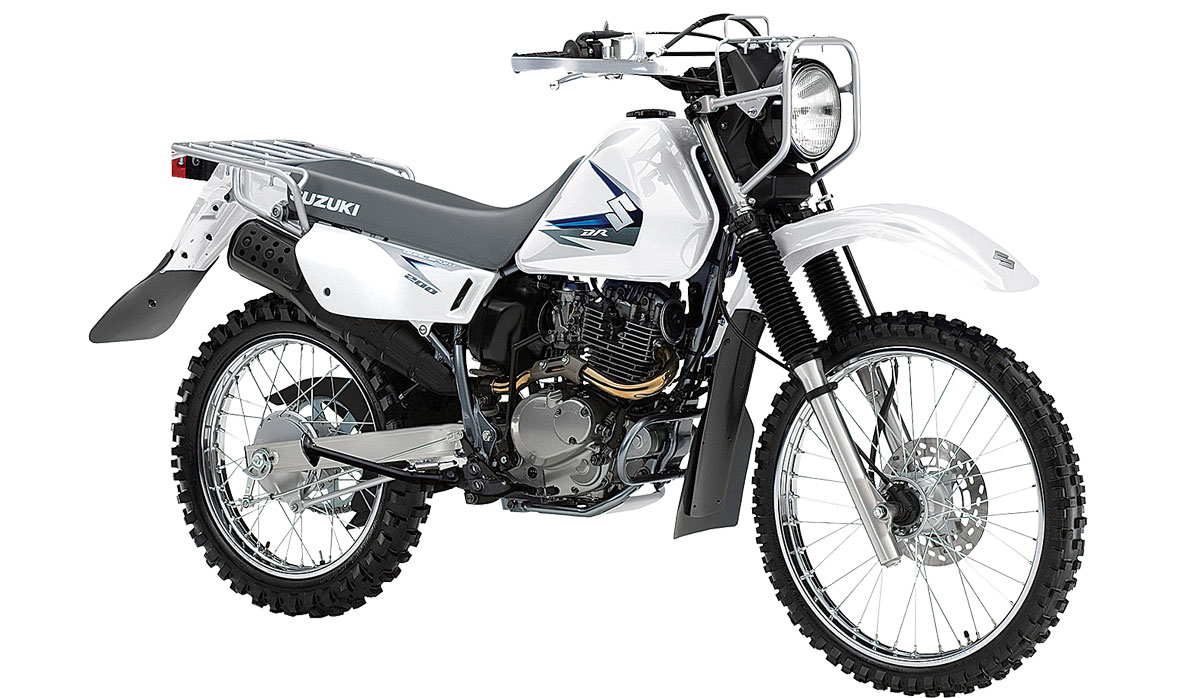 |
|---|
|
Being built in Japan means a quality construction and the use of components that ensure a long service life.
|
Tipping the scales at 132kg, the set up sees twin telescopic forks up front and a single rear shock, complemented by 21-inch front and 18-inch rear wheels to deliver an 850mm seat height.
Practical considerations include extended front and rear mudflaps, a large rear carrier that is complemented by a dual-purpose headlamp protector and small carrier frame.
Low gearing makes the DR200 very controllable at low speeds, avoiding stalling or heavy clutch use, while maintenance is kept to a minimum by using a quality “O” ring chain carried in a fully enclosed, sealed chaincase.
www.suzuki.co.nz





